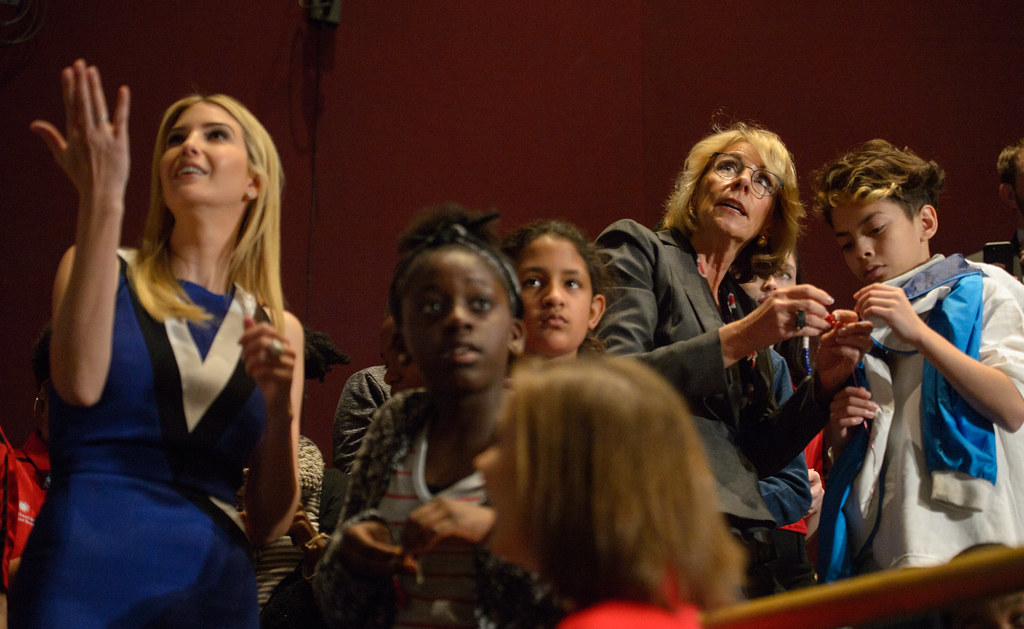As recently as the 1970s, women’s history was scarcely discussed in both education and the general public. The Education Task Force of Sonoma County Commission on the Status of Women in California sought to fix this, and initiated a “Women’s History Week” celebration in 1978. The week of March 8th was chosen as the time of observance, as March 8th was International Women’s Day. The weeklong celebration included programs and presentations delivered by community women in classrooms across the country. A “Real Woman” essay contest was held to recognize women’s cultural and societal achievements, and drew in hundreds of entries. Dozens of schools participated in events during the week and the activities were met with enthusiastic responses from the public. The week concluded with a celebratory parade held in the center of downtown Santa Rosa, California, marking a successful first run of Women’s History Week.
Although it had not been designed to become an annual event, communities across the country continued to organize their own Women’s History celebrations the following year as well.
Participants of The Women’s History Institute at Sarah Lawrence, consisting of a 15-day conference chaired by historian Gerda Lerner, began lobbying for a National Women’s History Week with support from fellow historians and women’s activist groups. Their efforts proved to be successful, and in 1980 President Jimmy Carter issued the first Presidential Proclamation declaring the week of March 2nd-8th as National Women’s History Week. In a statement to the nation Carter said, “From the first settlers who came to our shores…men and women have worked together to build this nation. Too often the women were unsung, and sometimes their contributions went unnoticed. But the achievements, leadership, courage, strength, and love of the women who built America was as vital as that of the men whose names we know so well.”
Following the Presidential Proclamation, Senator Orrin Hatch and Representative Barbara Mikulski co-sponsored a Joint Congressional Resolution for National Women’s History Week, which Congress approved and implemented to encourage communities across the nation to observe the ceremony and to partake in celebrations and commemorations throughout the week. States across the country developed and distributed their own curriculum materials regarding women’s history and organizations sponsored essay contests and special programs dedicated to the cause. In a few years, National Women’s History Week was being celebrated by thousands of schools and communities with the support of Congress, government officials, city councils, and school boards. These political and societal accomplishments in the movement for women’s history recognition demonstrated the wide-ranging support of honoring and celebrating the achievements of American women.
In 1987, the National Women’s History Project petitioned for a month-long recognition, which was successfully granted by Congress. March was officially proclaimed to be “Women’s History Month,” and since then Congress has annually issued resolutions of this declaration.
March continues to be recognized as Women’s History Month today, and it has become an important part of society as well as education to discuss the many accomplishments and victories of women in history. What started as just a week of celebration became a month-long dedication to women and the importance of their proud heritage.

